Home>Garden Essentials>Garden Plants>How To Add Fresh Thyme To Soup


Garden Plants
How To Add Fresh Thyme To Soup
Modified: August 28, 2024
Learn how to enhance your soup recipes with fresh thyme from plants. Discover the perfect addition for a flavorful and aromatic twist to your favorite soups.
(Many of the links in this article redirect to a specific reviewed product. Your purchase of these products through affiliate links helps to generate commission for Storables.com, at no extra cost. Learn more)
Overview
Thyme is a versatile and aromatic herb that can be a fantastic addition to soups, enhancing their flavor and adding a burst of freshness. Whether you’re making a hearty vegetable soup, a comforting chicken noodle soup, or a creamy tomato soup, adding fresh thyme can take your culinary creation to the next level.
In this article, we’ll guide you through the process of adding fresh thyme to soup, from preparing the herb to adjusting the flavor to your preference. We’ll also share some serving suggestions and tips for storing leftover thyme properly. So, let’s dive in and learn how to make your homemade soups even more delicious with the addition of fresh thyme!
Key Takeaways:
- Elevate your homemade soups by adding fresh thyme, enhancing their flavor and freshness. Follow our guide to prepare, choose the right soup, and adjust the flavor to create delightful thyme-infused creations.
- Store leftover thyme properly to preserve its aromatic goodness for future use in soups, stews, sauces, and marinades. Enjoy the versatile herb’s delightful flavors and aromas in your culinary adventures.
Read more: How To Clean Fresh Thyme
Step 1: Preparing the Thyme
Before adding fresh thyme to your soup, it’s important to prepare the herb correctly. Follow these steps to ensure you’re using the thyme leaves effectively:
- Start by gently rinsing the thyme under cool water to remove any dirt or debris. Pat it dry with a kitchen towel or paper towel.
- Next, hold the thyme sprig at the top with one hand and run your fingers down the stem in the opposite direction of the leaves. This will help remove the tiny thyme leaves from the stem.
- Continue stripping the leaves until you have a small pile of fresh thyme leaves. Discard the stems, as they can be woody and tough.
- Alternatively, if you prefer a rustic look in your soup, you can leave some of the smaller thyme leaves attached to the stem for garnishing purposes.
Once you’ve prepared the thyme leaves, you’re ready to move on to the next step: choosing the right soup to complement the flavors of this aromatic herb.
Step 2: Choosing the Right Soup
Not all soups are created equal when it comes to pairing with fresh thyme. While it can certainly be a delicious addition to a wide variety of soups, certain flavors and ingredients complement thyme best. Consider the following factors when choosing a soup to showcase the flavors of this herb:
- Vegetable-based soups: Thyme pairs exceptionally well with vegetable soups, such as roasted tomato soup, potato soup, or butternut squash soup. Its earthy and slightly floral flavor adds depth and complexity to the overall taste.
- Poultry and meat-based soups: Thyme is a classic herb used in poultry and meat dishes, so it’s no surprise that it complements soups with chicken, beef, or lamb as well. Try adding fresh thyme to chicken noodle soup, beef stew, or lamb and vegetable soup for a delightful savory twist.
- Creamy soups: The subtle bitterness of thyme can balance the richness of creamy soups like potato leek soup or creamy mushroom soup. It adds a fresh herbal note that cuts through the richness and enhances the overall taste.
- Bean and lentil soups: Thyme can add a wonderful aromatic element to hearty bean or lentil soups. Its earthy flavor blends seamlessly with the earthy and nutty flavors of legumes.
Choosing the right soup as the base for your thyme infusion ensures that the flavors harmonize beautifully. With the perfect soup selected, let’s move on to the next step: adding thyme to the soup.
Step 3: Adding Thyme to Soup
Now that you have your fresh thyme prepared and the perfect soup chosen, it’s time to add the herb to your creation. Here’s how to incorporate thyme into your soup:
- Timing is key: Thyme is a delicate herb, so it’s best to add it towards the end of the cooking process to preserve its flavor. Adding it too early may cause the flavor to diminish.
- Whole sprigs or leaves: You have the option of either adding whole thyme sprigs or stripping the leaves and adding them to the soup. Adding whole sprigs allows for easy removal before serving if you don’t want to consume the leaves.
- Adjust the quantity: The amount of thyme you add to your soup depends on your personal preference and the intensity of the flavor you desire. Start with a few sprigs or a tablespoon of fresh thyme leaves and taste the soup as it simmers. You can always add more if needed.
- Cook gently: Allow the soup to simmer gently with the thyme for about 10-15 minutes. This allows the flavors to meld together and infuse the soup with the herb’s aromatic essence.
Remember to remove the thyme sprigs or stems before serving if you added them whole. Leaving them in may result in an overpowering herb flavor. With the thyme added and simmered to perfection, it’s time to move on to step four and adjust the flavor of your soup.
Add fresh thyme to soup by tying a few sprigs together with kitchen twine for easy removal before serving. Alternatively, strip the leaves from the stems and add them directly to the soup for a stronger thyme flavor.
Step 4: Adjusting the Flavor
Once you’ve added thyme to your soup, you may want to fine-tune the overall flavor to suit your taste preferences. Here are a few suggestions on how to adjust the flavor:
- Salt and pepper: Taste your soup and determine if it needs additional seasoning. Add salt and pepper as needed to enhance the flavors of both the thyme and the other ingredients in the soup.
- Acidic ingredients: If you find your soup needs a bit of brightness, consider adding a splash of acidic ingredients like lemon juice or vinegar. The touch of acidity can help balance the flavors and bring out the herbaceous notes of the thyme.
- Additional herbs and spices: Thyme pairs well with other herbs and spices, so don’t be afraid to experiment. Consider adding a pinch of rosemary, a sprinkle of paprika, or a dash of cayenne pepper to elevate the flavor profile of your soup.
- Balance the intensity: If you feel the thyme flavor is too dominant, you can dilute it by adding additional broth or water to the soup. This will help create a more balanced and nuanced flavor profile.
Remember to taste your soup frequently as you make adjustments, adding small amounts at a time to avoid over-seasoning. With the flavor adjusted to your liking, it’s time to move on to step five and explore some serving suggestions for your thyme-infused soup.
Read more: How To Store Fresh Thyme
Step 5: Serving Suggestions
Now that your thyme-infused soup is ready, it’s time to think about how to best serve and enjoy it. Consider these serving suggestions to make your soup even more appetizing:
- Garnish with fresh thyme: Reserve some fresh thyme leaves to sprinkle on top of each serving. This not only adds visual appeal but also enhances the aroma and flavor of the dish.
- Accompany with crusty bread: Serve your soup with a side of crusty bread, such as a baguette or artisan bread. The warm, crunchy bread pairs perfectly with the flavorful soup.
- Add a dollop of cream or yogurt: For creamy soups, consider adding a dollop of heavy cream or Greek yogurt on top before serving. This adds richness and a creamy texture to the dish.
- Serve with a sprinkle of grated cheese: Depending on the type of soup, you can sprinkle some grated cheese on top, such as Parmesan, cheddar, or feta. The cheese melts into the soup, adding an extra layer of flavor.
- Pair with a simple salad: Create a well-rounded meal by serving your soup alongside a fresh salad. The crisp greens and vegetables provide a refreshing contrast to the warm soup.
Remember to let the flavors meld together for a few minutes after adding garnishes before digging in. And don’t forget to enjoy your thyme-infused soup while it’s piping hot!
Now that your soup is enjoyed, it’s important to know how to store any leftover thyme properly. Let’s move on to the final step: storing leftover thyme.
Step 6: Storing Leftover Thyme
If you have any leftover thyme after making your soup, it’s essential to store it properly to preserve its freshness and flavors for future use. Follow these steps to store your leftover thyme:
- Remove any moisture: Moisture can cause the thyme to wilt and spoil quickly. Before storing, gently pat the thyme dry with a paper towel to remove any excess moisture.
- Wrap in paper towel: Take a few sprigs of thyme or a handful of leaves and wrap them loosely in a dry paper towel. This helps absorb any remaining moisture and prevents the thyme from drying out.
- Place in a resealable bag: Transfer the wrapped thyme to a resealable plastic bag or an airtight container. Make sure to squeeze out as much air as possible before sealing the bag.
- Store in the refrigerator: Place the sealed bag or container in the refrigerator, preferably in the crisper drawer. The lower temperature will help maintain the freshness of the thyme for up to a week.
When you’re ready to use the leftover thyme, simply remove the desired amount from the refrigerator, unwrap it from the paper towel, and use it in your recipes as needed. Remember that the flavor of thyme may diminish slightly after storage, so adjust the quantity accordingly.
By storing your leftover thyme properly, you can enjoy its aromatic and flavorful goodness in various dishes, including soups, stews, sauces, and marinades.
Now you have learned how to add fresh thyme to soup, from preparing the herb to adjusting the flavor and storing any leftovers. Get creative with your recipes to explore the wonderful possibilities that this versatile herb brings to your culinary adventures. Enjoy the delightful flavors and aromas that fresh thyme adds to your homemade soups!
Frequently Asked Questions about How To Add Fresh Thyme To Soup
Was this page helpful?
At Storables.com, we guarantee accurate and reliable information. Our content, validated by Expert Board Contributors, is crafted following stringent Editorial Policies. We're committed to providing you with well-researched, expert-backed insights for all your informational needs.
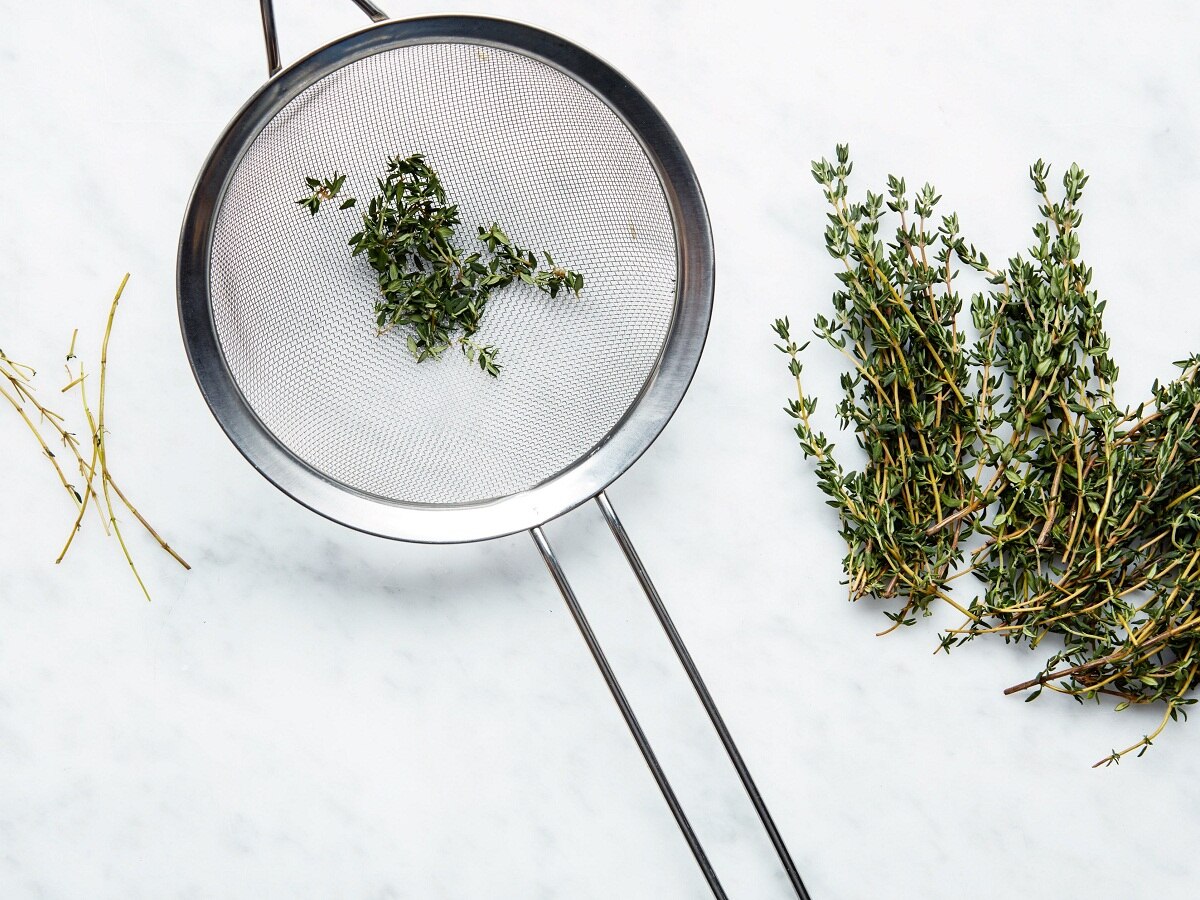
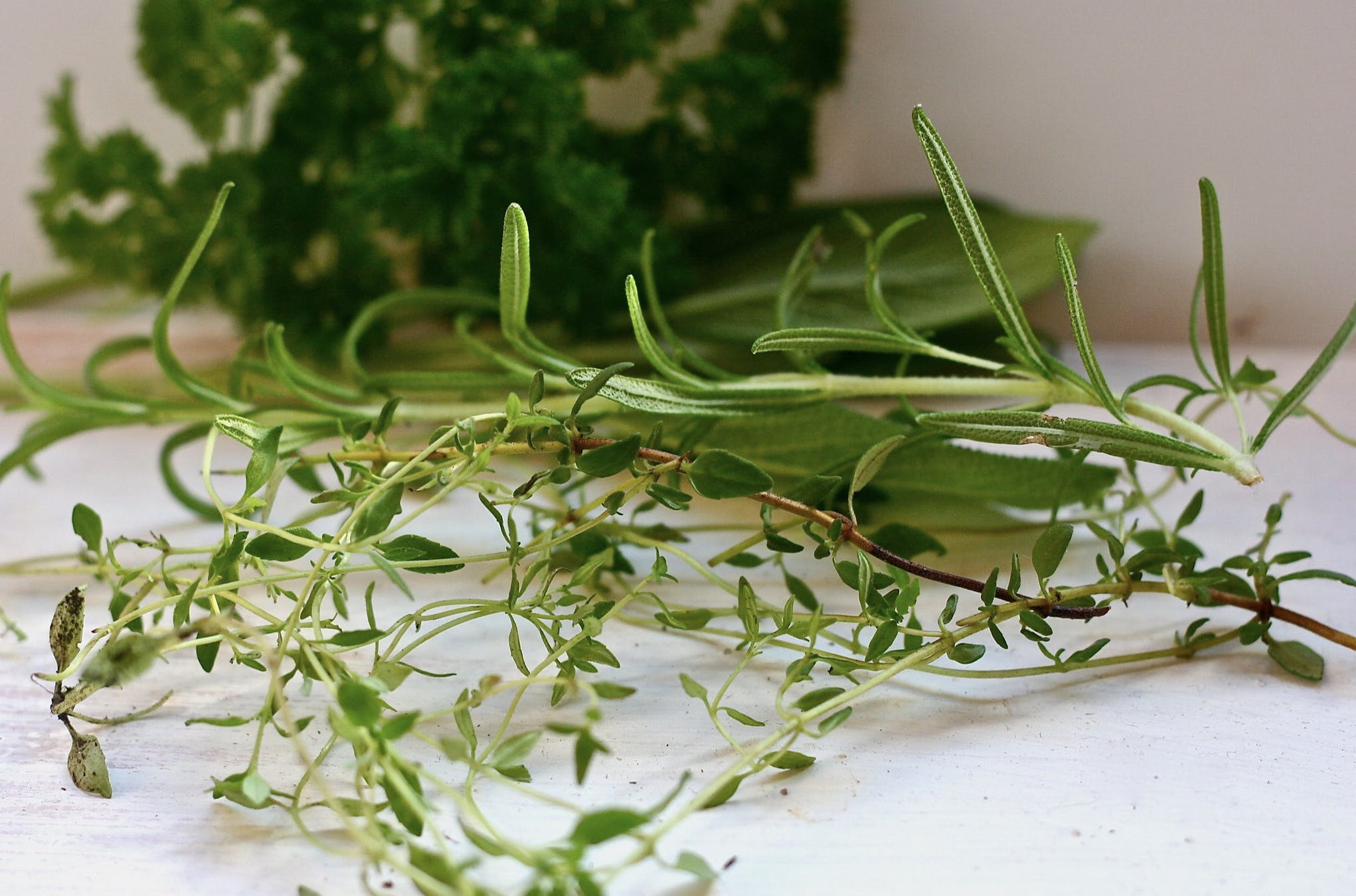
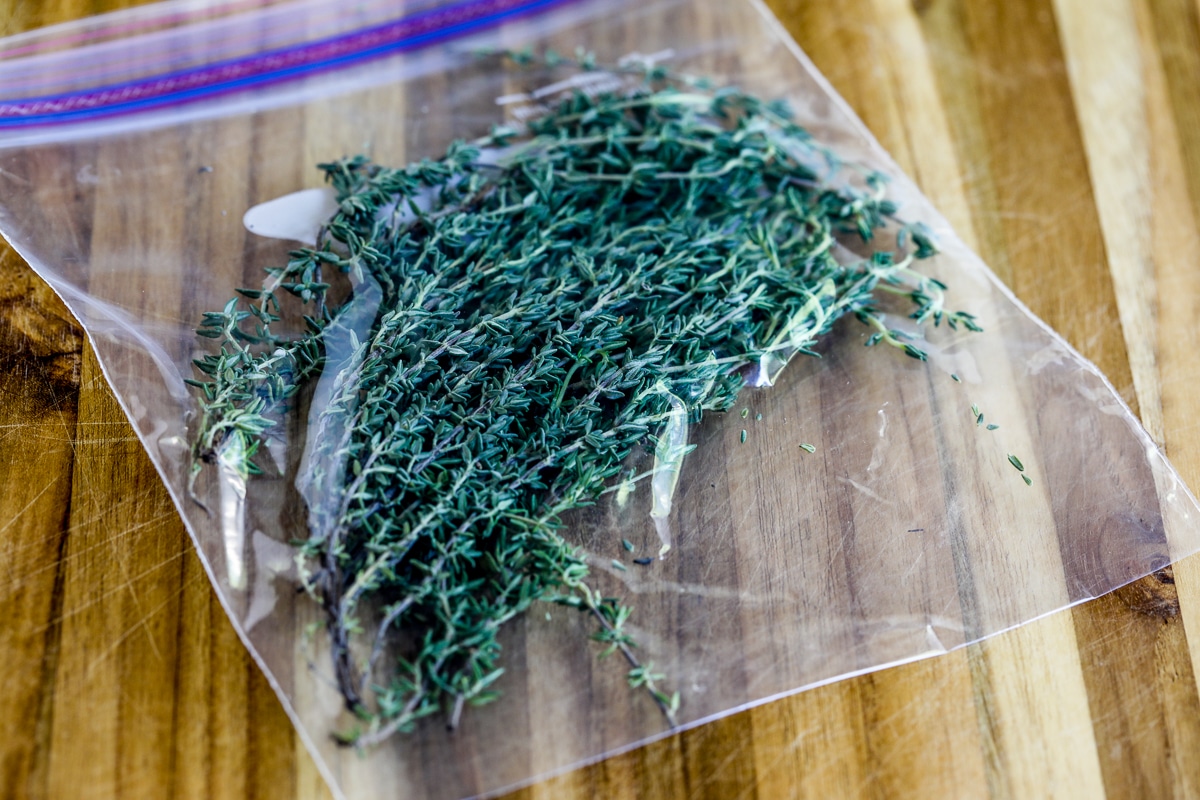
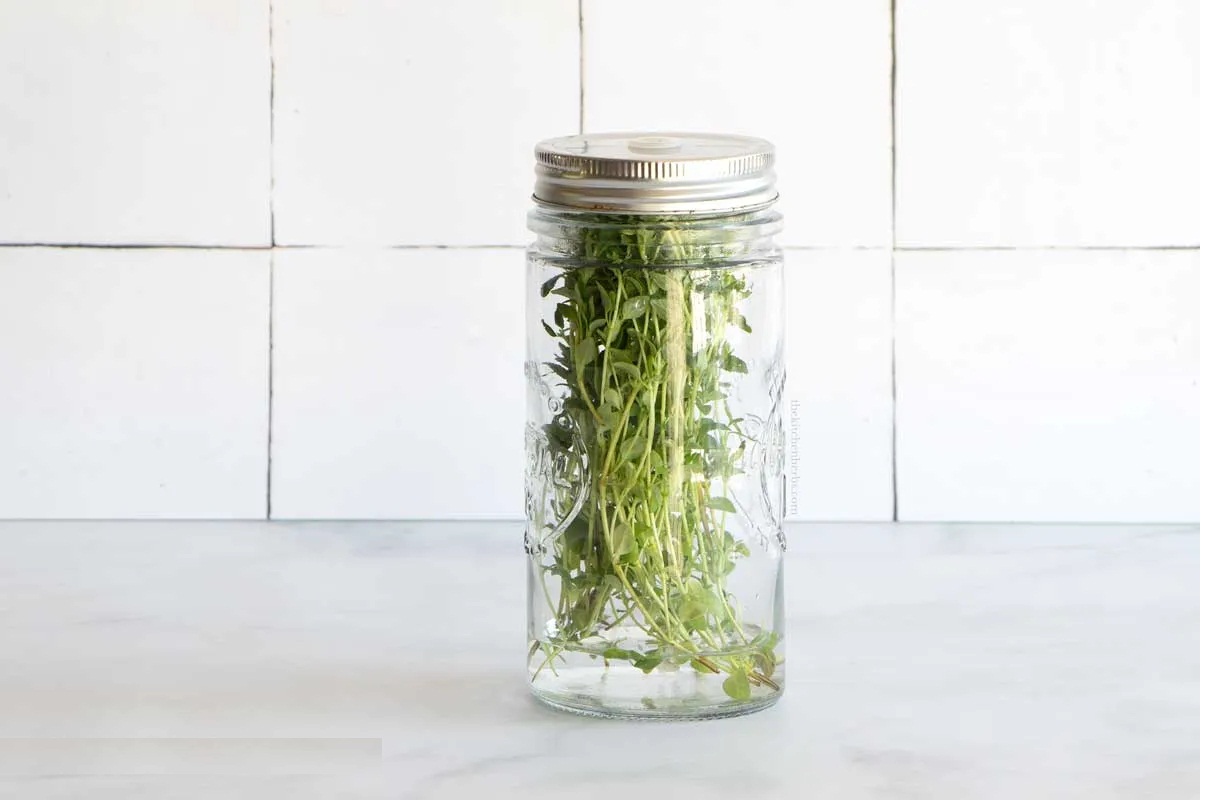


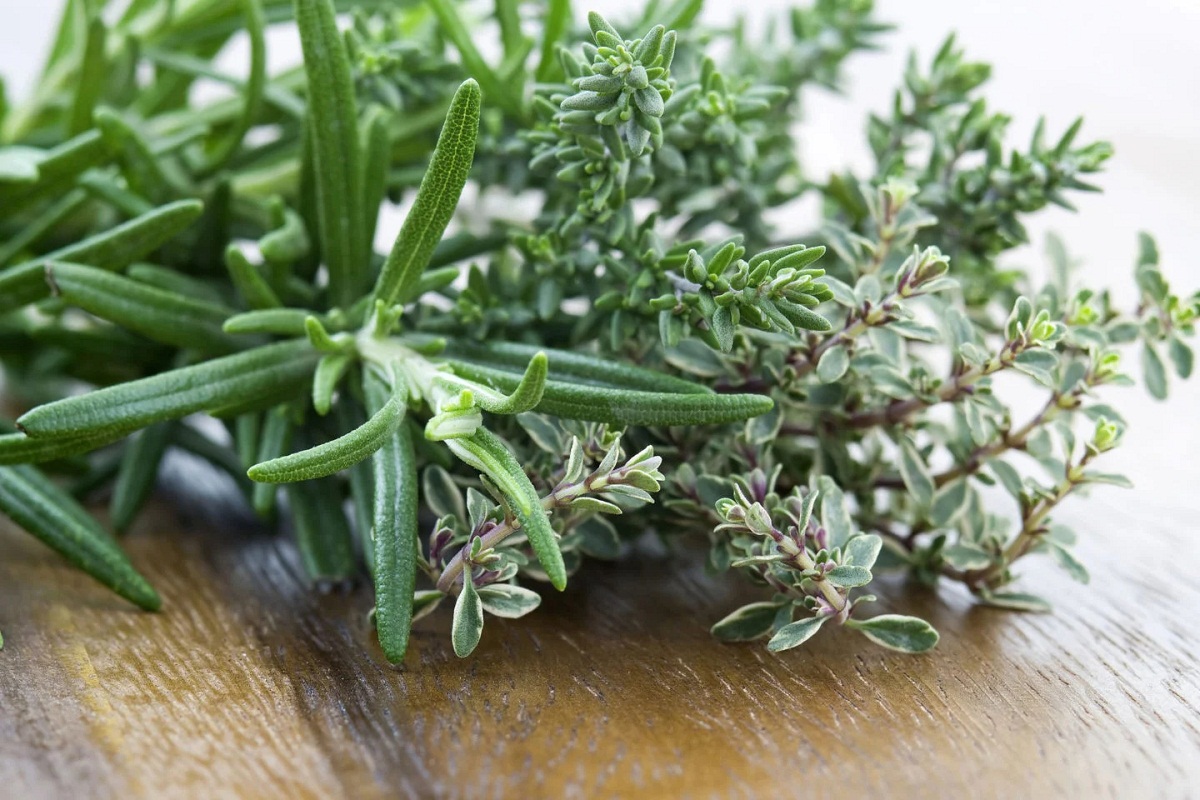
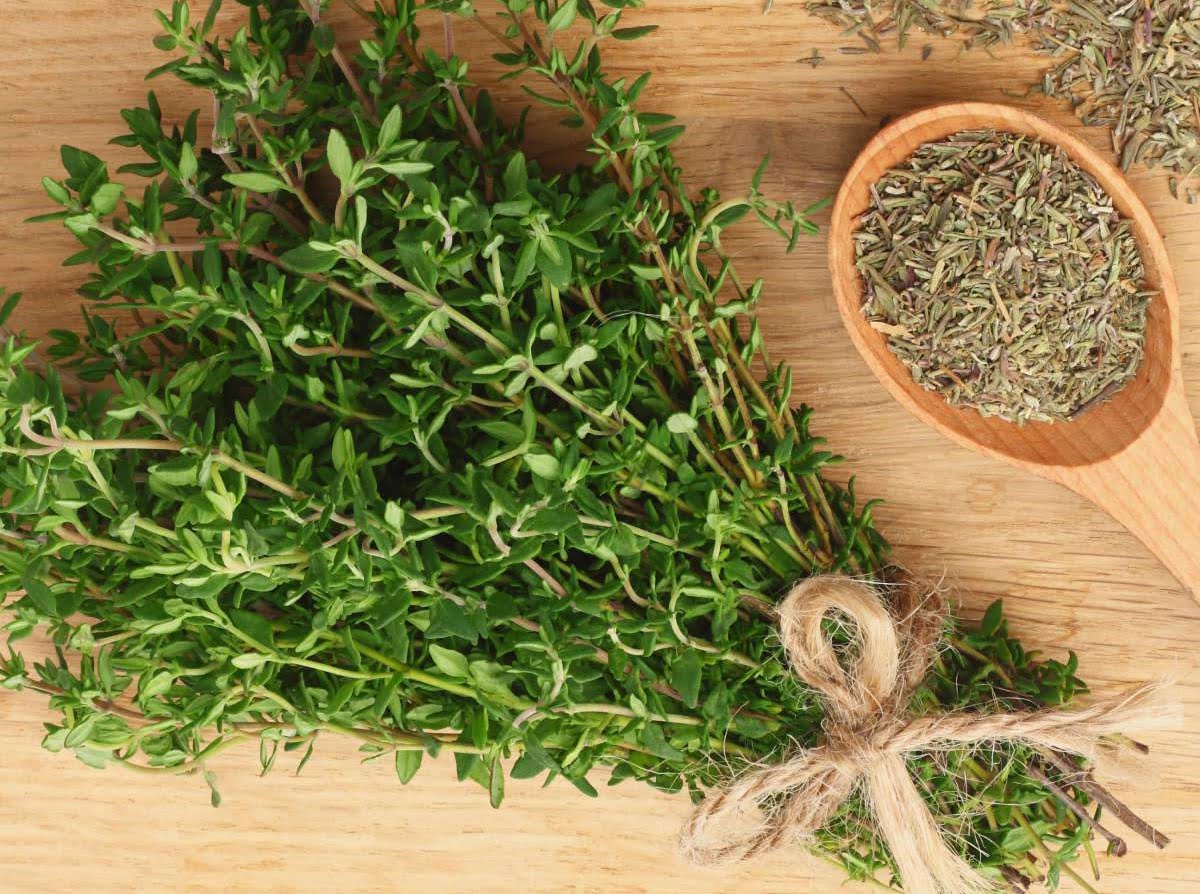
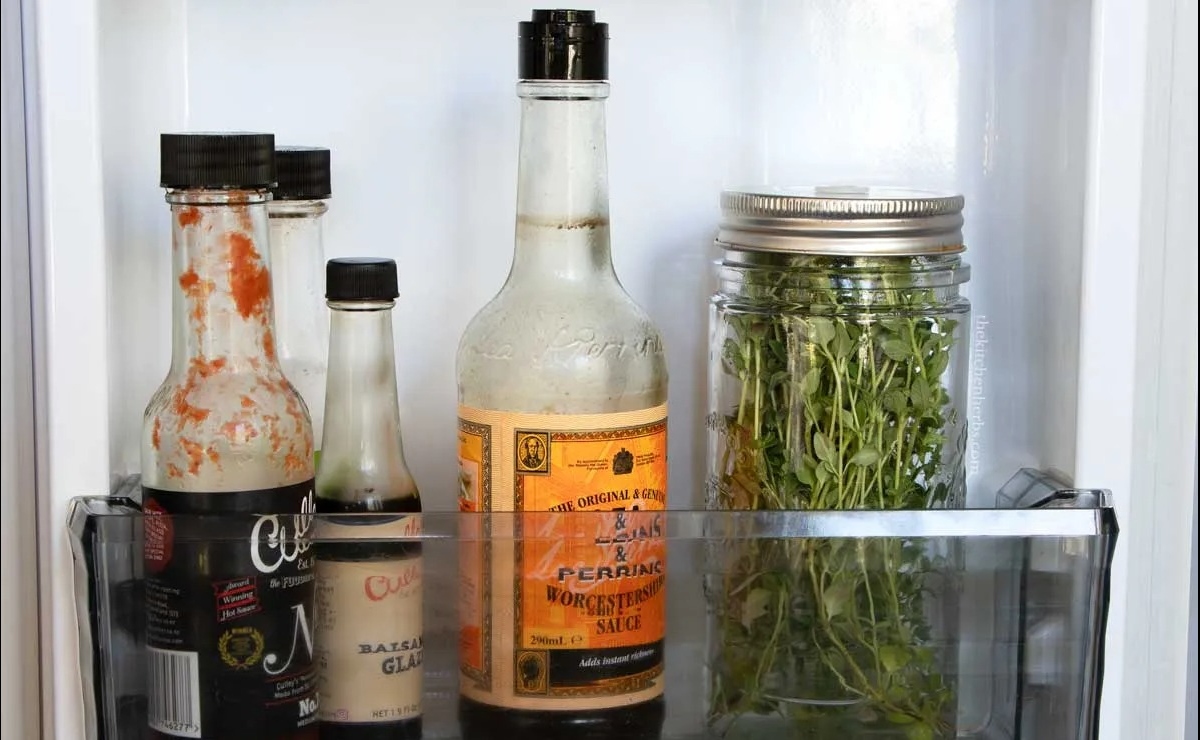

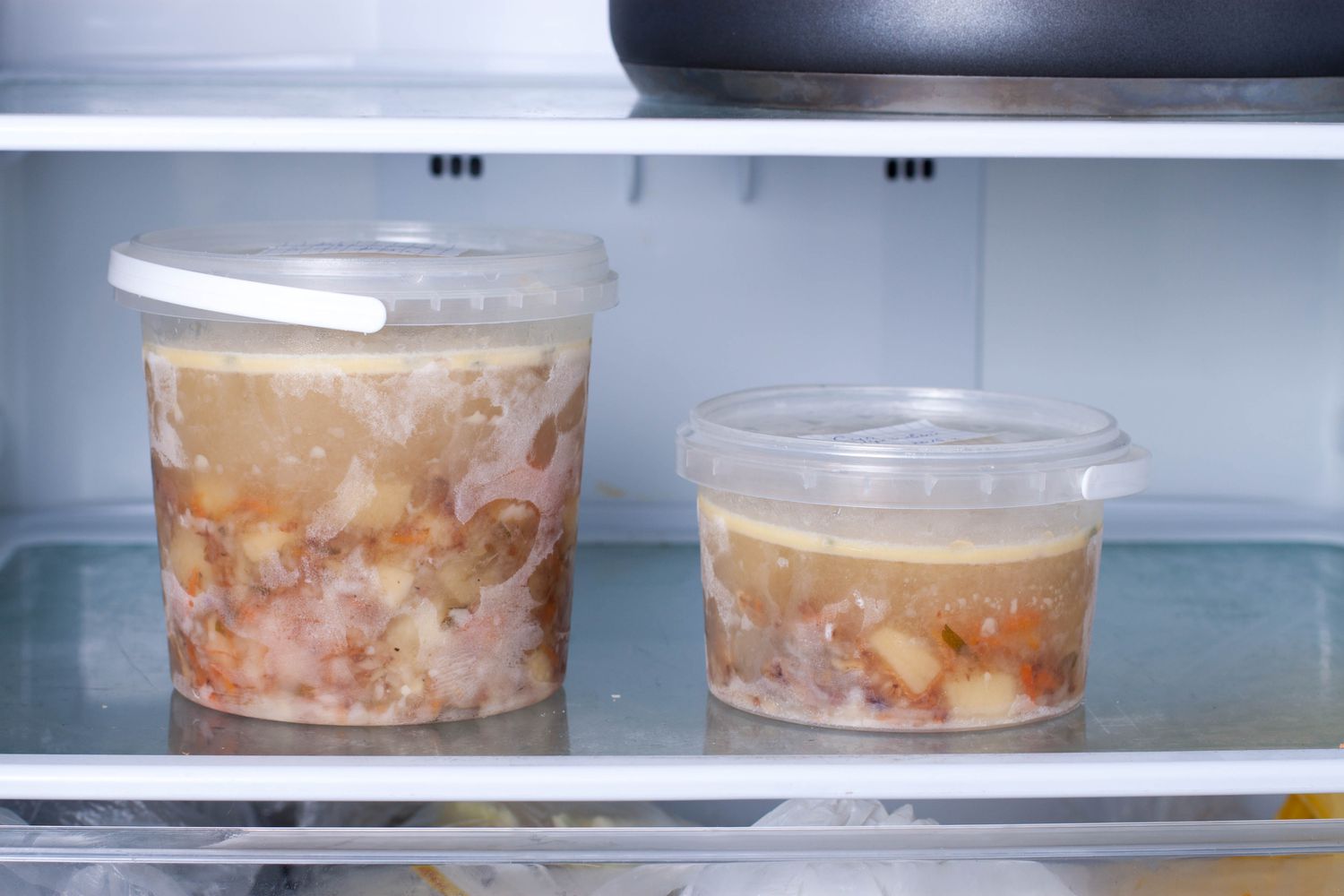
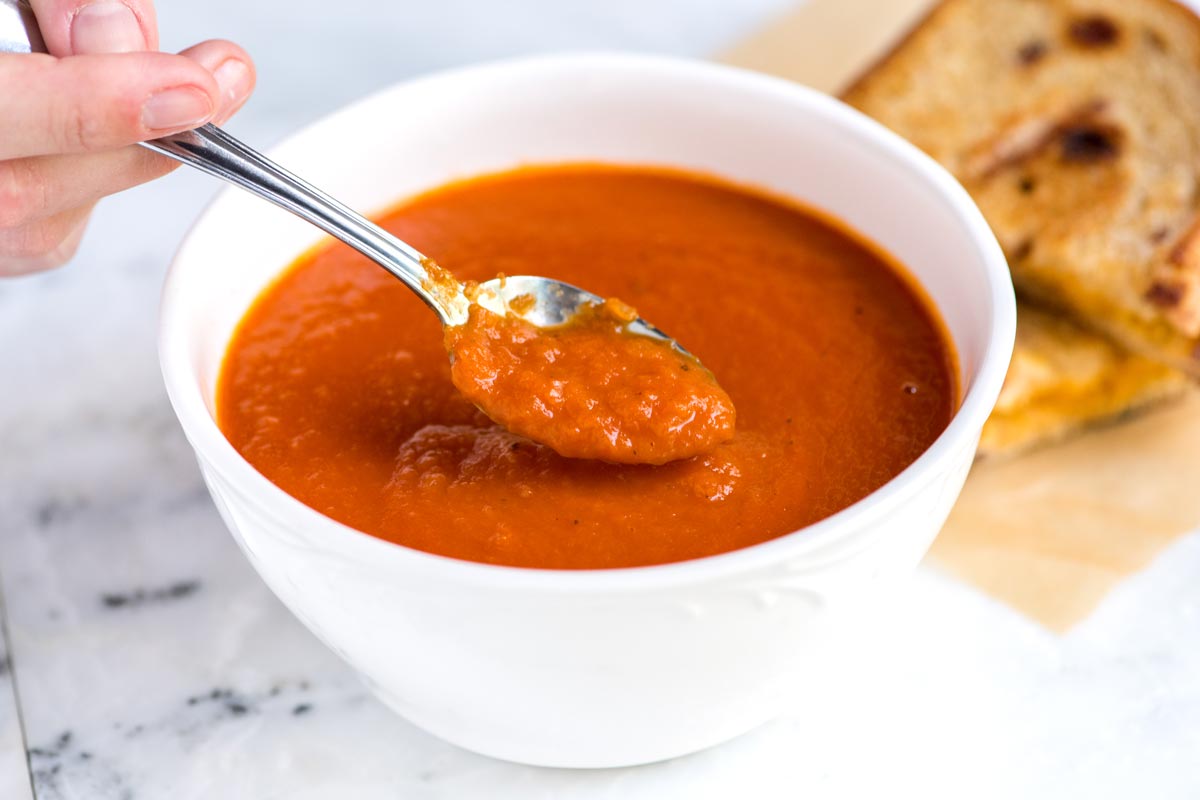



0 thoughts on “How To Add Fresh Thyme To Soup”